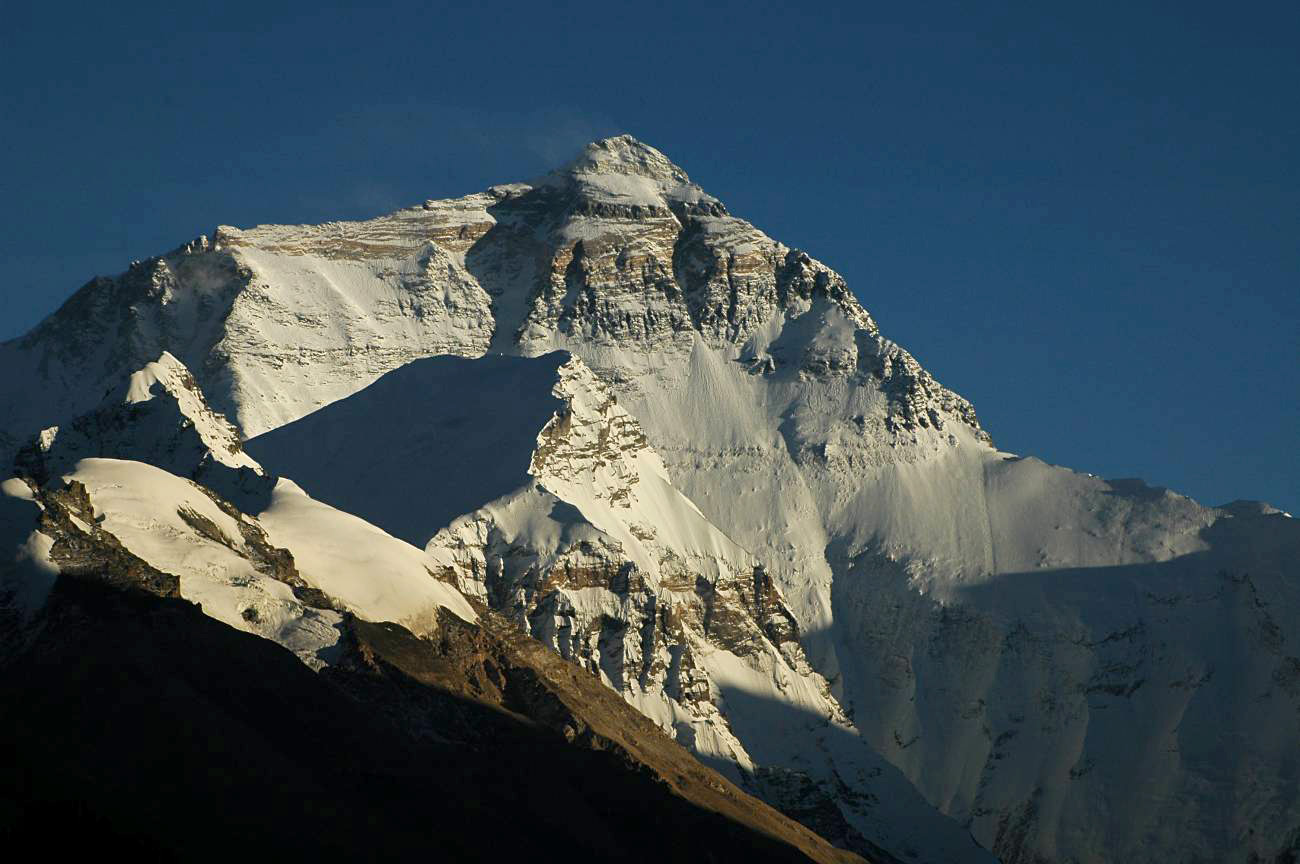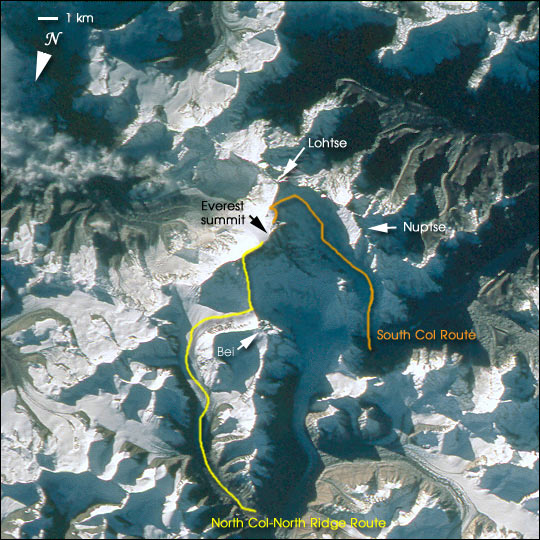List of people who died climbing Mount Everest on:
[Wikipedia]
[Google]
[Amazon]
 At least 310 people have died attempting to reach the summit of
At least 310 people have died attempting to reach the summit of
 During the
During the
 At least 310 people have died attempting to reach the summit of
At least 310 people have died attempting to reach the summit of Mount Everest
Mount Everest (; Tibetan: ''Chomolungma'' ; ) is Earth's highest mountain above sea level, located in the Mahalangur Himal sub-range of the Himalayas. The China–Nepal border runs across its summit point. Its elevation (snow hei ...
which, at , is Earth's highest mountain and a particularly desirable peak for mountaineers. The most recent years without known deaths on the mountain are 1977, in which only two people reached the summit, and 2020, when permits were suspended by Nepal because of the COVID-19 pandemic in Nepal
The COVID-19 pandemic in Nepal is part of the worldwide pandemic of coronavirus disease 2019 () caused by severe acute respiratory syndrome coronavirus 2 (). The first case in Nepal was confirmed on 23 January 2020 when a 31-year-old st ...
.
Deaths have been attributed to avalanche
An avalanche is a rapid flow of snow down a slope, such as a hill or mountain.
Avalanches can be set off spontaneously, by such factors as increased precipitation or snowpack weakening, or by external means such as humans, animals, and ea ...
s, falls, serac
A serac (from Swiss French ''sérac'') is a block or column of glacial ice, often formed by intersecting crevasses on a glacier. Commonly house-sized or larger, they are dangerous to mountaineers, since they may topple with little warning. Eve ...
collapse, exposure, frostbite, or health problems related to conditions on the mountain. Not all bodies have been located, so details on those deaths are not available.
The upper reaches of the mountain are in the death zone, a mountaineering
Mountaineering or alpinism, is a set of outdoor activities that involves ascending tall mountains. Mountaineering-related activities include traditional outdoor climbing, skiing, and traversing via ferratas. Indoor climbing, sport climbing, ...
term for altitude
Altitude or height (also sometimes known as depth) is a distance measurement, usually in the vertical or "up" direction, between a reference datum and a point or object. The exact definition and reference datum varies according to the context ...
s above a certain point – around , or less than of atmospheric pressure
Atmospheric pressure, also known as barometric pressure (after the barometer), is the pressure within the atmosphere of Earth. The standard atmosphere (symbol: atm) is a unit of pressure defined as , which is equivalent to 1013.25 millibars, ...
– where the oxygen pressure level is not sufficient to sustain human life. Many deaths in high-altitude mountaineering have been caused by the effects of the death zone, either directly (loss of vital functions) or indirectly (unwise decisions made under stress or physical weakening leading to accidents). In the death zone, the human body cannot acclimatize, as it uses oxygen faster than it can be replenished. An extended stay in the zone without supplementary oxygen will result in deterioration of bodily functions, loss of consciousness, and death.
Background
1921 British Mount Everest reconnaissance expedition
The 1921 British Mount Everest reconnaissance expedition set off to explore how it might be possible to get to the vicinity of Mount Everest, to reconnoitre possible routes for ascending the mountain, and – if possible – make the first asc ...
, two people died en route to the mountain: an unidentified porter and heart attack victim A. M. Kellas. The first recorded deaths on the mountain itself were seven porters who perished in an avalanche in the 1922 British Mount Everest expedition. George Mallory
George Herbert Leigh Mallory (18 June 1886 – 8 or 9 June 1924) was an English mountaineer who took part in the first three British expeditions to Mount Everest in the early 1920s.
Born in Cheshire, Mallory became a student at Winche ...
, who was present, blamed himself for the deaths.
In 1996, 12 people died trying to reach the summit, the most in a single year to that date. The number reflects the large number of climbers that year rather than a spike in the death rate: before 1996, one in four climbers died making the ascent, while in 1996, one in seven died. But it also includes the 1996 Mount Everest disaster
The 1996 Mount Everest disaster occurred on 10–11 May 1996 when eight climbers caught in a blizzard died on Mount Everest while attempting to descend from the summit. Over the entire season, 12 people died trying to reach the summit, making i ...
on May 11, 1996, during which eight people died due to a blizzard while making summit attempts. Among them was guide Rob Hall
Robert Edwin Hall (14 January 1961 – 11 May 1996) was a New Zealand mountaineer. He was the head guide of a 1996 Mount Everest expedition during which he, a fellow guide, and two clients died. A best-selling account of the expedition was ...
, the first non-Sherpa to have summitted five times. Two books detailing the disaster, ''Into Thin Air
''Into Thin Air: A Personal Account of the Mt. Everest Disaster'' is a 1997 bestselling nonfiction book written by Jon Krakauer. It details Krakauer's experience in the 1996 Mount Everest disaster, in which eight climbers were killed and sev ...
'' by Jon Krakauer and '' The Climb'' by Anatoli Boukreev
Anatoli Nikolaevich Boukreev (russian: Анато́лий Никола́евич Букре́ев; January 16, 1958 – December 25, 1997) was a Soviet and Kazakhstani mountaineer who made ascents of 10 of the 14 eight-thousander peaks—those a ...
, both written by mountaineers who were on Mount Everest at the time, give conflicting accounts of the events.
The 1996 record was surpassed in the 2014 and 2015 seasons. There were few summits from the south in 2014 and none in 2015. On April 18, 2014, 16 Sherpas
The Sherpa are one of the Tibetan ethnic groups native to the most mountainous regions of Nepal, Tingri County in the Tibet Autonomous Region and the Himalayas. The term ''sherpa'' or ''sherwa'' derives from the Sherpa language words ("east") ...
were killed in an avalanche in the Khumbu Icefall. On April 25, 2015, 19 people—the most ever in a single day on Everest—were killed in an avalanche at base camp after a 7.8 earthquake, which killed more than 9,000 people and injured more than 23,000 in Nepal.
In 2001, Babu Chiri Sherpa
Babu Chiri Sherpa (June 22, 1965 – April 29, 2001) was a Sherpa mountaineer from Nepal. He reached the summit of Mount Everest ten times.
He held two world records on Everest. He spent 21 hours on the summit of Everest without auxiliary oxyg ...
died from a fall near Camp II. He had climbed the mountain 10 times and spent 20 hours on the summit of Everest in 1999, then a new record. He also climbed to the summit twice in two weeks and held the record climbing time from base camp to summit of 16 hours and 56 minutes.
In 2019, 11 people died on Everest during a record season with a huge number of climbers. Videos shared on social media showed climbers waiting in long queues to advance up the mountain.
Due to the difficulties and dangers in bringing bodies down, most who die on the mountain remain where they fall. Two Nepalese climbers died on October 24, 1984, while trying to recover the body of Hannelore Schmatz
Hannelore Schmatz (16 February 1940 – 2 October 1979) was a German mountaineer who was the fourth woman to summit Mount Everest. She collapsed and died as she was returning from summiting Everest via the southern route; Schmatz was the fir ...
. In 1999, searchers for George Mallory's body found his and other bodies in the snow in a catchment basin near the peak.
Deaths
311 deaths are listed here.See also
* List of deaths on eight-thousanders *List of Mount Everest death statistics
List of Mount Everest death statistics is a list of statistics about death on Mount Everest.
Youngest people to die on Mount Everest
''Examples of known cases''
*Rahul Panchal (Ghabus), April 25, 2015, 19
*Ang Chuldim, August 31, 1982, 20
*Lob ...
* List of Mount Everest records
This article lists different records related to Mount Everest. One of the most commonly sought after records is a "summit", to reach the highest elevation point on Mount Everest.
Records
Highest number of times to reach the summit
Other ...
* Mount Hood climbing accidents
Mount Hood climbing accidents are incidents related to mountain climbing or hiking on Oregon's Mount Hood. As of 2007, about 10,000 people attempt to climb the mountain each year. As of May 2002, more than 130 people are known to have died climbing ...
* Rongbuk Glacier
* The Himalayan Database
''The Himalayan Database: The Expedition Archives of Elizabeth Hawley'' is a large digital and published record of mountaineering in the ''Nepalese Himalayas'' since 1903 (i.e. it does not include the ''Pakistan Himalaya'' peaks such as K2 and ...
* Timeline of climbing Mount Everest
Mount Everest is the world's highest mountain, with a peak at 8,849 metres (29,031.7 ft) above sea level. It is situated in the Himalayan range of Solukhumbu district (Province 1 in present days), Nepal.
Timeline 1921: Reconnaissance ex ...
Annotations
References
Citations
Sources
* * * * * * * * * * * * * * * * * * * * * * * * * * * * * * * * * * * * * * * * * * * * * * * * * * * * * * * * * * * * * * * * * * * * * * * * * * * * * * * * * * * * * * * * * * * * * * * * * * * * {{Climbing navbox * Accidents Climbing and mountaineering-related listsMountaineering
Mountaineering or alpinism, is a set of outdoor activities that involves ascending tall mountains. Mountaineering-related activities include traditional outdoor climbing, skiing, and traversing via ferratas. Indoor climbing, sport climbing, ...
History of mountaineering
climbing Mount Everest
climbing Mount Everest
*
Mount Everest
Mount Everest (; Tibetan: ''Chomolungma'' ; ) is Earth's highest mountain above sea level, located in the Mahalangur Himal sub-range of the Himalayas. The China–Nepal border runs across its summit point. Its elevation (snow hei ...